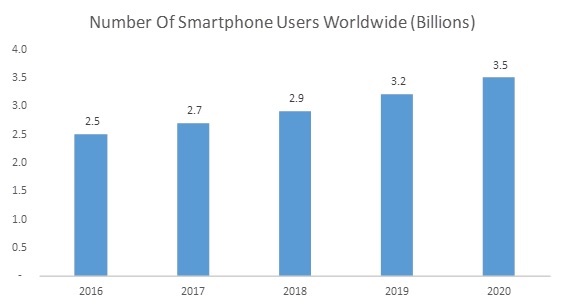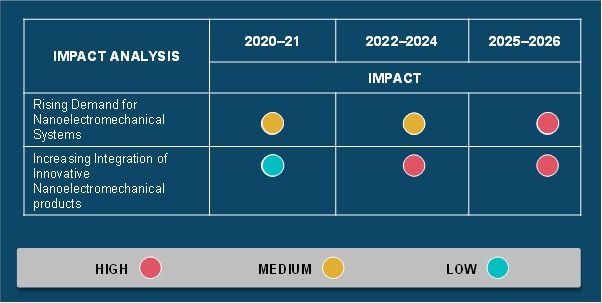Impact of COVID-19 on the USB Devices Market
The USB devices market has been negatively impacted in recent months since the outbreak of the COVID-19 pandemic in December 2019. The pandemic has resulted in numerous countries imposing lockdowns and shutting down businesses except for essential goods and services (allowed with a minimal workforce). The consumers’ preference for cloud storage has resulted in a decreasing demand for USB devices in recent months. Universal serial bus (USB) is an industry-standard that states specifications for cables and connectors to establish a connection, communicate, and supply power between computers, peripheral devices, and other computers. USB allows users to connect up to 127 devices, either directly or through a USB hub. A USB device functions by a host or a data source to send a class code, which further allows the device to select specific drivers compatible with it, and thus initiates the process of transfer. The adoption of USB devices is largely witnessed in consumer electronics, IT & telecom devices, automobiles, and medical devices. The ease of development and manufacturing of custom products and the increasing demand for better connectivity performance between electronic devices are the major factors contributing to the growth of the global USB devices market. However, security issues are expected to hamper the growth of the global market. Also, the complexity associated with the replacement of old USB standards with new ones is creating a challenge for the market vendors.
The USB devices market was hampered since the pandemic outbreak; however, it is anticipated to grow at a significant pace owing to increasing insecurity of cloud data storage, constant innovations, continuous advancements in technology, and evolution of big data. Several key players have adopted product launches and partnerships as a part of their growth strategies to increase their shares in the global USB devices market. For instance, in September 2019, CORSAIR released the cord-setting 4,866MHz Vengeance LPX DDR4 Memory, which is used in computer peripherals such as 3rd Gen AMD Ryzen desktop processors and X570 motherboards. This new module has been specifically designed and fully tested to achieve its record-breaking maximum frequency of 4,866MHz on the Ryzen 3000 platform in the ASUS ROG Crosshair VIII Formula. Also, the growing smartphone and tablet industry has significantly contributed to the demand for USB devices in the past few years. The demand for USB devices is anticipated to propel in the coming months as numerous countries begin to lift the lockdowns in a phased manner and resume manufacturing. The governments of several countries have granted permission to businesses for resuming operations keeping in mind the safety guidelines. The USB devices market could be restrained from the shortage of imports of electronic components in the coming months owing to international trade restrictions.
Number of Smartphone Users Worldwide (Billions)

Source: BankMyCell
Impact Analysis
